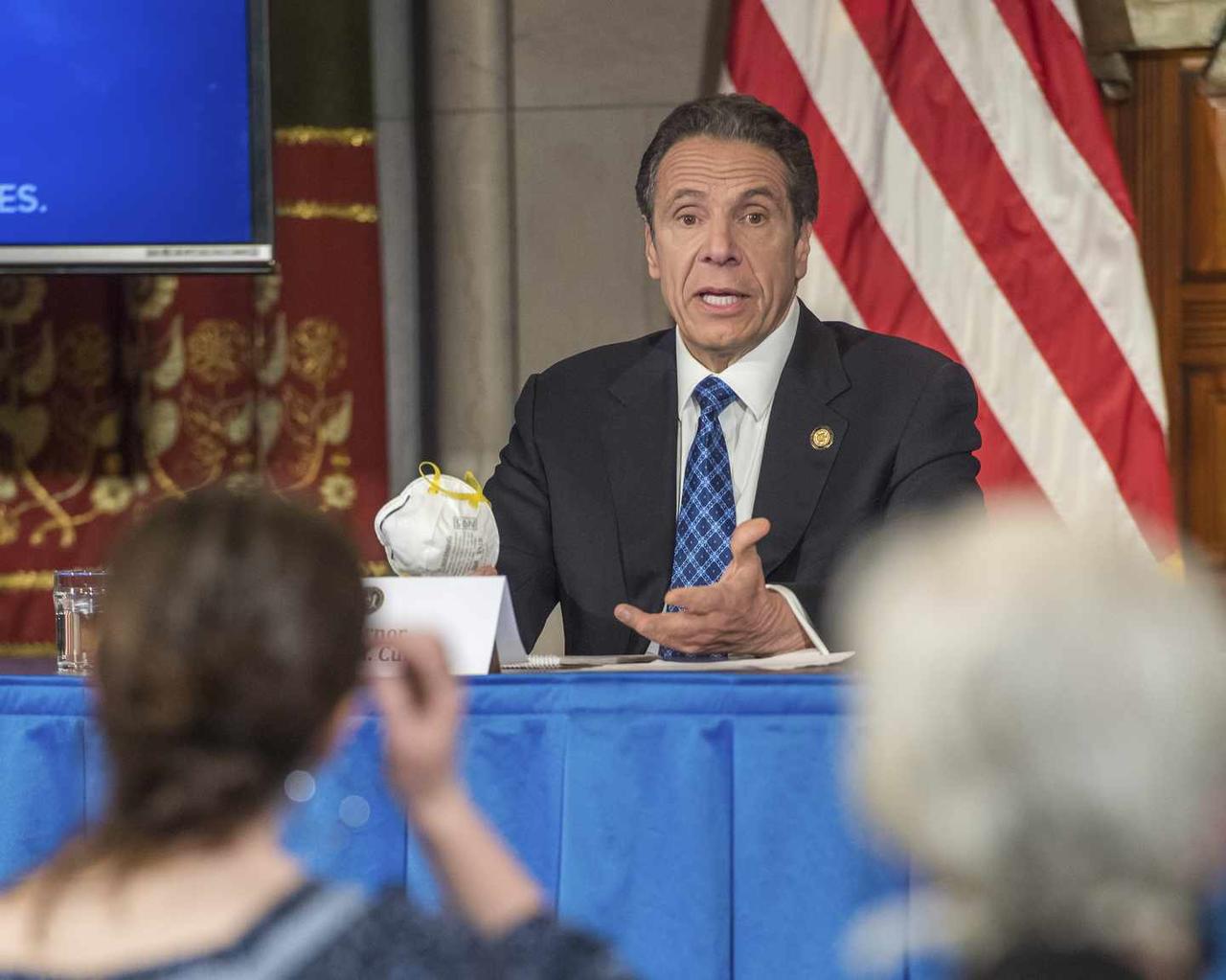Moore: The Last Thing States, Cities Need Is A Taxpayer Bailout
Tyler Durden
Mon, 09/14/2020 – 13:50
Authored by Stephen Moore via RealClearPolitics.com,
August jobs numbers showed impressive hiring gains in nearly every sector of the economy. None more so than government.
The public sector added 344,000 jobs last month – including 95,000 permanent state and local jobs, 11,000 permanent federal jobs, and 238,000 Census jobs — giving government workers the second-lowest unemployment rate in the country, according to the Bureau of Labor Statistics.
And yet Democrats, under their latest $3 trillion-plus pandemic stimulus plan, want to dump almost $1 trillion into state and city coffers — the sector of the economy that LEAST needs more federal help.
Here’s why the left’s plan is so wrong-headed, starting with these August figures:
-
Leisure/hospitality: 21.3%
-
Mining: 12.4%
-
Transportation: 11.3%
-
All-industry average: 8.5%
-
Government: 5.7%
-
Banking and finance: 4.2%
Another way of describing the imbalance is that throughout the pandemic, a private sector worker has been twice as likely to face the indignity and financial hardship of losing a job than a government worker (8.1% versus 3.5% job losses), according to the BLS data. This is because most government workers have one privilege that almost no one in the private sector has: lifetime tenure.
Federal employees have received an especially sweet deal. Virtually none have gone without a paycheck.
It’s true that a significant portion of the 344,000 government jobs created in August are temporary Census positions, and that overall, government employment is 831,000 below its February level. But compared to other industries – especially the hard-hit food and drink sector, where employment is 2.5 million below the February figure, and professional and business services are down 1.5 million – government workers can’t complain.
The new jobs numbers undermine the logic or fairness of House Speaker Nancy Pelosi’s demand for what would be by far the largest bailout of any institution in American history.
Her $3 trillion-plus stimulus plan would have taxpayers write a nearly $1 trillion check to states and cities (on top of $225 billion in federal aid already sent), showering money on what’s already one of the healthiest sectors.
Yes, there are many states in dire financial straits. But this is mostly a result of less- than-stellar leadership by governors including Andrew Cuomo of New York, Phil Murphy of New Jersey, and J.B. Pritzker of Illinois. They locked down their businesses like a prison cell for months, obliterated their tax base (and still are doing so), and went hog wild on spending. New York state has a $30 billion 2020-21 budget deficit, Cuomo admitted in July. Now they plead poverty and demand a Pelosi bailout largely paid for by other states.
But wait… States including Texas, Nebraska, Utah, Idaho, and South Dakota have already balanced their budgets this year. Why should residents of these states be penalized for fiscal misbehavior in other states? That’s called enabling.
President Trump and congressional Republicans should demand that any federal “stimulus” — if any more is needed — should be targeted to businesses and workers through a payroll tax cut or direct cash payments to families. Pelosi’s and Senate Minority Leader Chuck Schumer’s insistence that the money be shoveled into the coffers of city hall and state capitals is only further evidence that Democrats care more about the protected class of government workers than the 140 million private sector employees.
The Pelosi plan may be a good way for Democrats to stimulate more campaign contributions from teacher and government employee unions, but it is no way to stimulate what the economy needs most right now: private sector growth.
